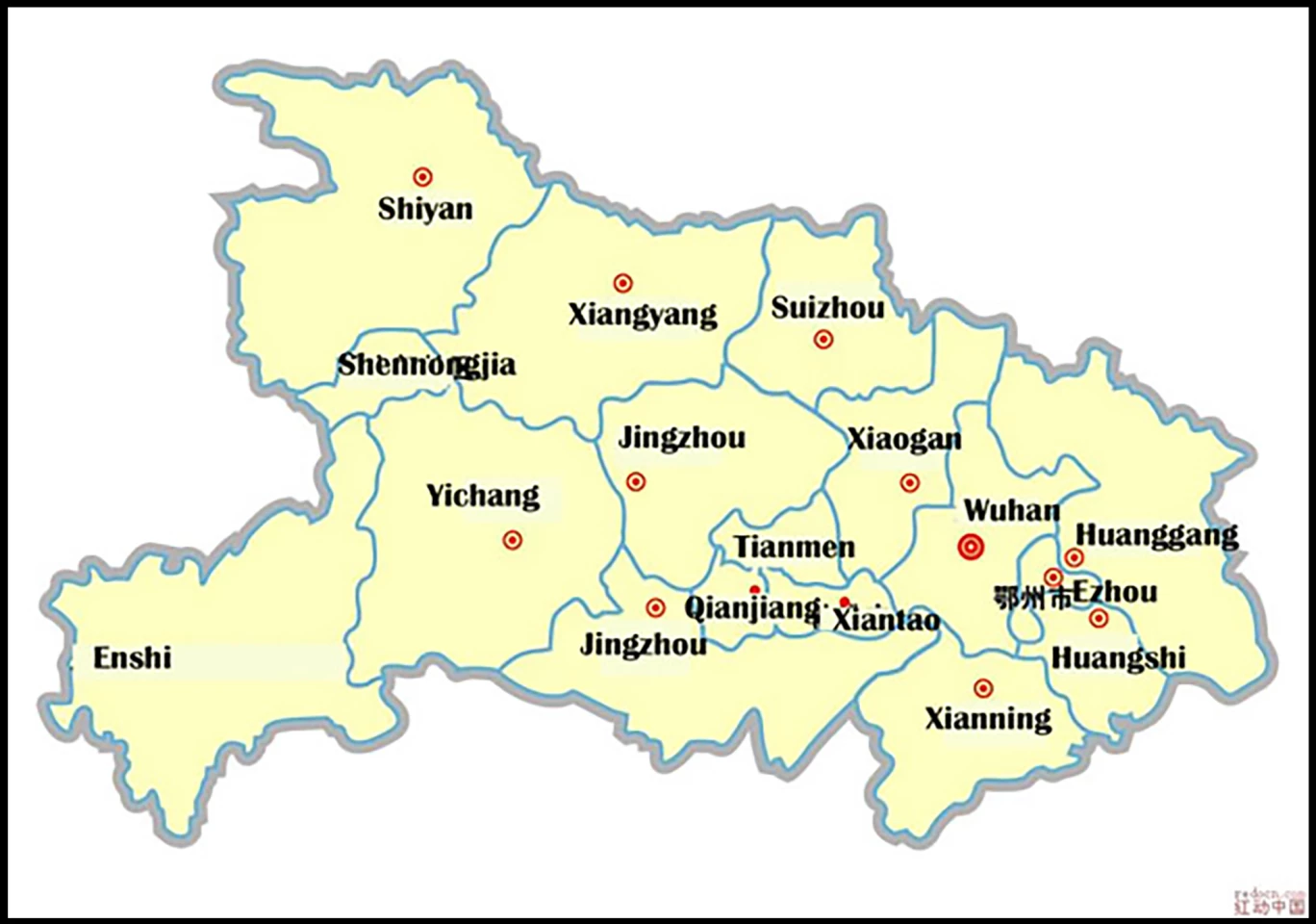Your gut bacteria might give away more about you than your accent does. In a new study, scientists used people’s microbiome to predict their location, down to the city, with 94% accuracy. It gives new meaning to the phrase, "you are what you eat."
We are learning more about the gut microbiome each week, it seems. From its connection to the brain and disease states like cancer and multiple sclerosis, to its transplantation as a potential treatment for a variety of conditions.
A new study led by BGI Genomics, a China-based company with a focus on precision medicine, found that our gut bacteria are specific to the region where we live, and that machine learning can be used to predict, with high accuracy, our location based on the composition of our microbiome.
“This study challenges the long-standing belief that gut microbiota differences only matter at the scale of continents or provinces,” said Professor Li Tao from BGI Genomics’ Institute of Intelligent Medical Research (IIMR) and the study’s senior author. “We found that even people living in neighboring cities have distinct microbial patterns.”
The researchers recruited 381 healthy Han Chinese adults from two cities in Hubei Province: Wuhan, located in east-central China, and Shiyan, situated in the northwest. The cities are approximately 500 km (310 miles) apart. All participants had no major diseases and had not taken antibiotics for the preceding three months.
Fecal samples were collected and analyzed using shotgun metagenomic sequencing to capture both microbial composition and their metabolic functions. Identifying 649 bacterial species and 515 metabolic pathways, these were compared across individuals. The researchers then applied machine learning algorithms to classify people’s city of residence based on their gut microbiota.
They found that people from Wuhan and Shiyan had statistically significant differences in both microbial diversity and species composition. The microbiome of people from Wuhan had higher levels of Bacteroides stercoris, while in the Shiyan group, Prevotella copri was more dominant. B. stercoris is a key gut bacterium, known for degrading complex carbohydrates and producing short-chain fatty acids (SCFAs) that have been linked to a variety of health benefits. P. copri is similarly involved in the breakdown of dietary fiber and the production of SCFAs. Gut microbes in Wuhan were more active in metabolic pathways linked to plant-based diets, while Shiyan’s microbiome showed differences suggestive of higher protein or processed food consumption, though the study didn’t directly assess diet.

The researchers suggested that each city’s dominant diet played a role in shaping the microbiome composition of its inhabitants. On the one hand, Wuhan’s position among wetlands means that its residents are likely to eat a diet heavy in freshwater fish, lotus root and leafy greens. On the other hand, Shiyan’s location means that its food is influenced by its neighbors, who enjoy wheat-based meals with lots of chili.
The researchers developed a machine learning model that integrated 16 bacterial species and 12 city-specific metabolic pathways. The model achieved a high level of accuracy – 94% – significantly outperforming models that used only species or only pathways. This suggests that even closely located populations like Wuhan and Shiyan can have distinct microbiome “fingerprints.”
The study has some limitations. Only two cities within one province were included, which limits the generalizability of the findings. There were also more men than women included in the study, which could affect the results. And no dietary or lifestyle data was collected – these are key factors that likely contributed to regional differences. Also, he study didn’t track participants over time to assess how stable these microbial signatures are.
Nevertheless, the study highlights some potential real-world implications. Gut microbiota could help identify a person’s regional origin, even within the same province, which might be useful for forensics or missing person investigations. Regional and sex-specific microbiota differences suggest that probiotics or dietary interventions should be customized for greater effectiveness. Finally, machine learning combined with microbiome profiling could assist in predicting disease risks or monitoring population health within specific geographic regions.
The study was published in the journal Frontiers in Microbiology.
Source: BGI






